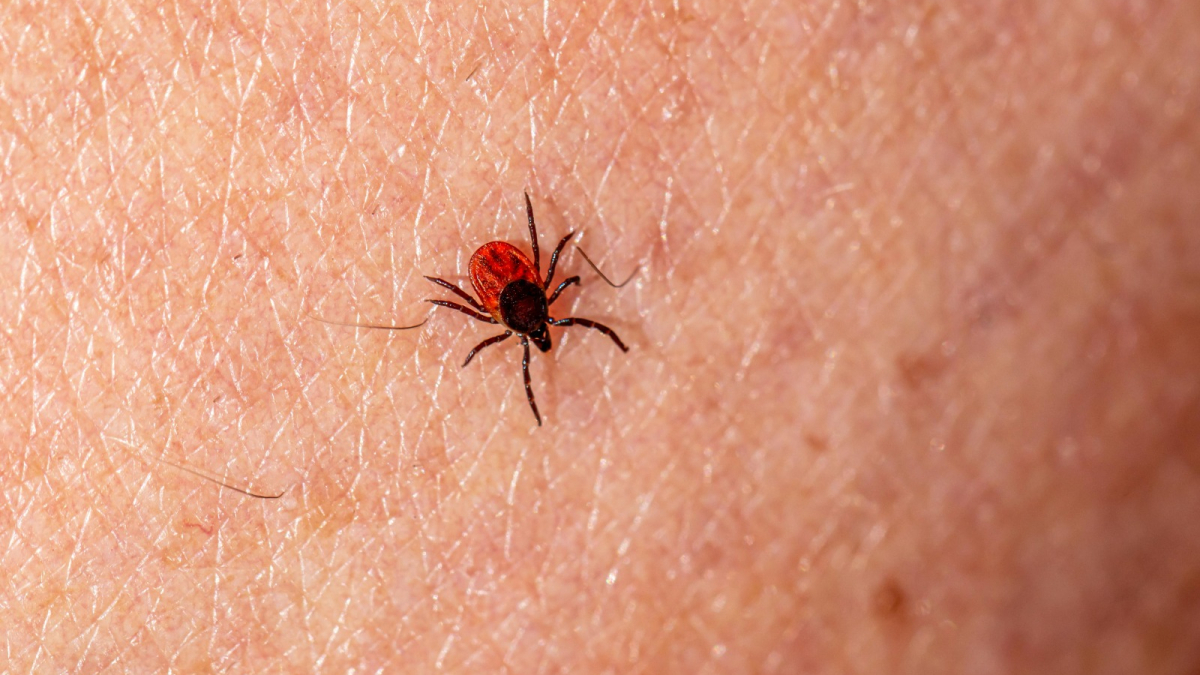Recommendations for preventing Lyme disease, which is transmitted through tick bites

MURcia. May 1 marks World Lyme Disease Day, a zoonosis that has spread throughout the world and is caused by bacteria transmitted through the bites of infected ticks. This disease is currently considered new in Europe. The Department of Health has a public health program to monitor bacteria and viruses that are transmitted by living organisms, such as ticks, which includes this disease.
It is estimated that a large percentage of people develop the infection asymptomatically and independently, so they do not require treatment as they have no clinical symptoms. They are characterized by a progressive multisystem clinical picture, including early dermatological and late rheumatic, neurological and cardiac manifestations.
In Spain, the highest risk of contracting the disease occurs in spring and summer, which coincides with the most active phases of insect vector activity as temperatures rise, although they can be active throughout the year.
The bite is painless and may go unnoticed. Infection is more likely the longer a tick remains attached to the skin, so if it is removed promptly, the risk of infection is greatly reduced.
The recommendations are especially intended for people who come into contact with these insects through work activities in the natural environment or in association with animals, or if they engage in sports, hiking, hunting or other outdoor activities or contact with nature.
The best way to prevent the disease is to avoid suffering from tick bites by following some recommendations while walking outside the city. These include wearing long sleeves and long pants, avoiding sandals or open shoes, and always wearing closed shoes with socks, making sure they cover the bottom of the pants.
It is preferable to wear light-colored clothing, as this will make it easier to check for ticks. In rural areas, walk in the center of paths where possible, avoid contact with surrounding vegetation, avoid sitting on the ground or standing for long periods in areas with vegetation, and use approved repellent for both people. as for pets.
The tick removed with tweezers should be kept for research in case clinical manifestations develop.